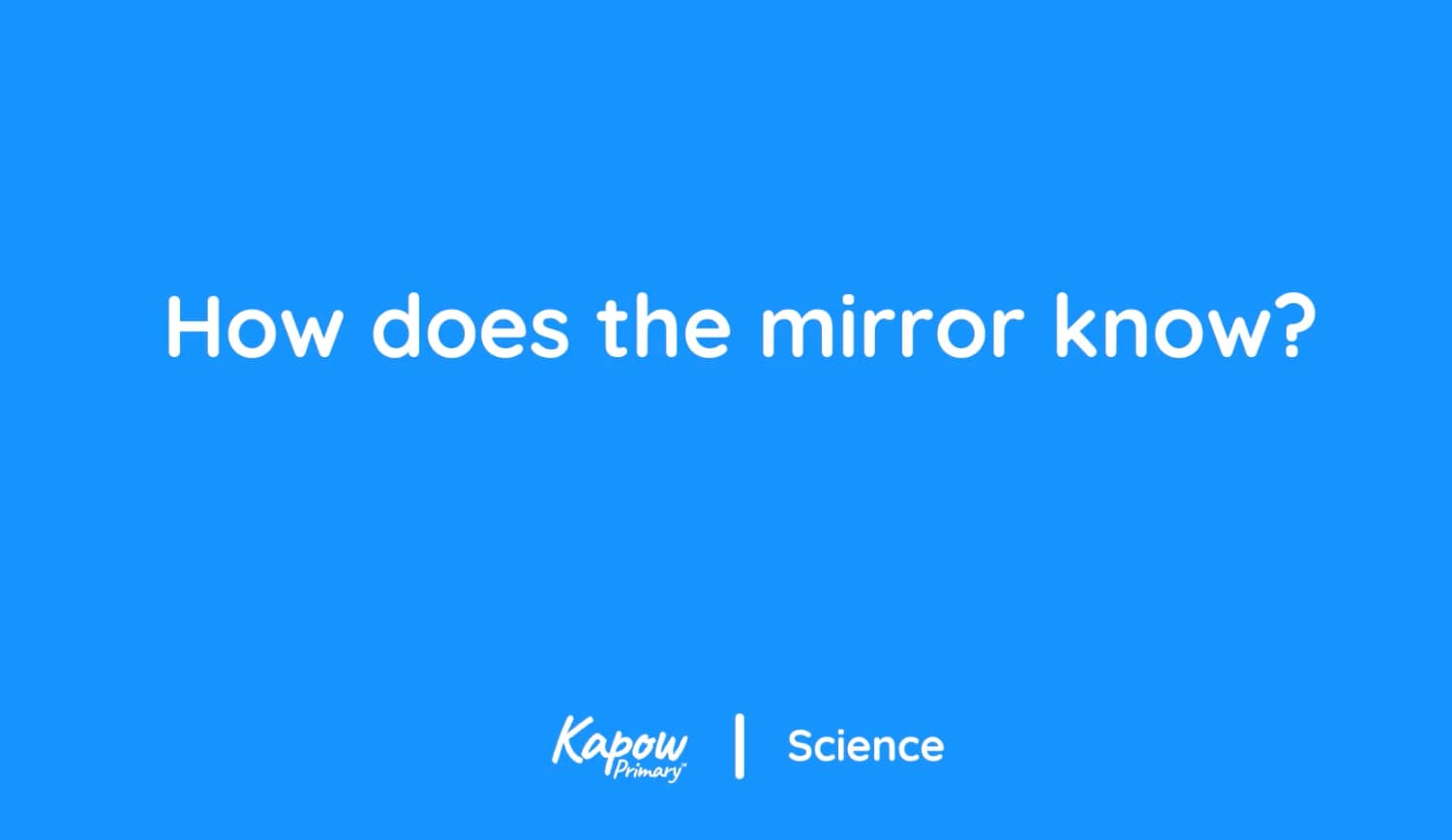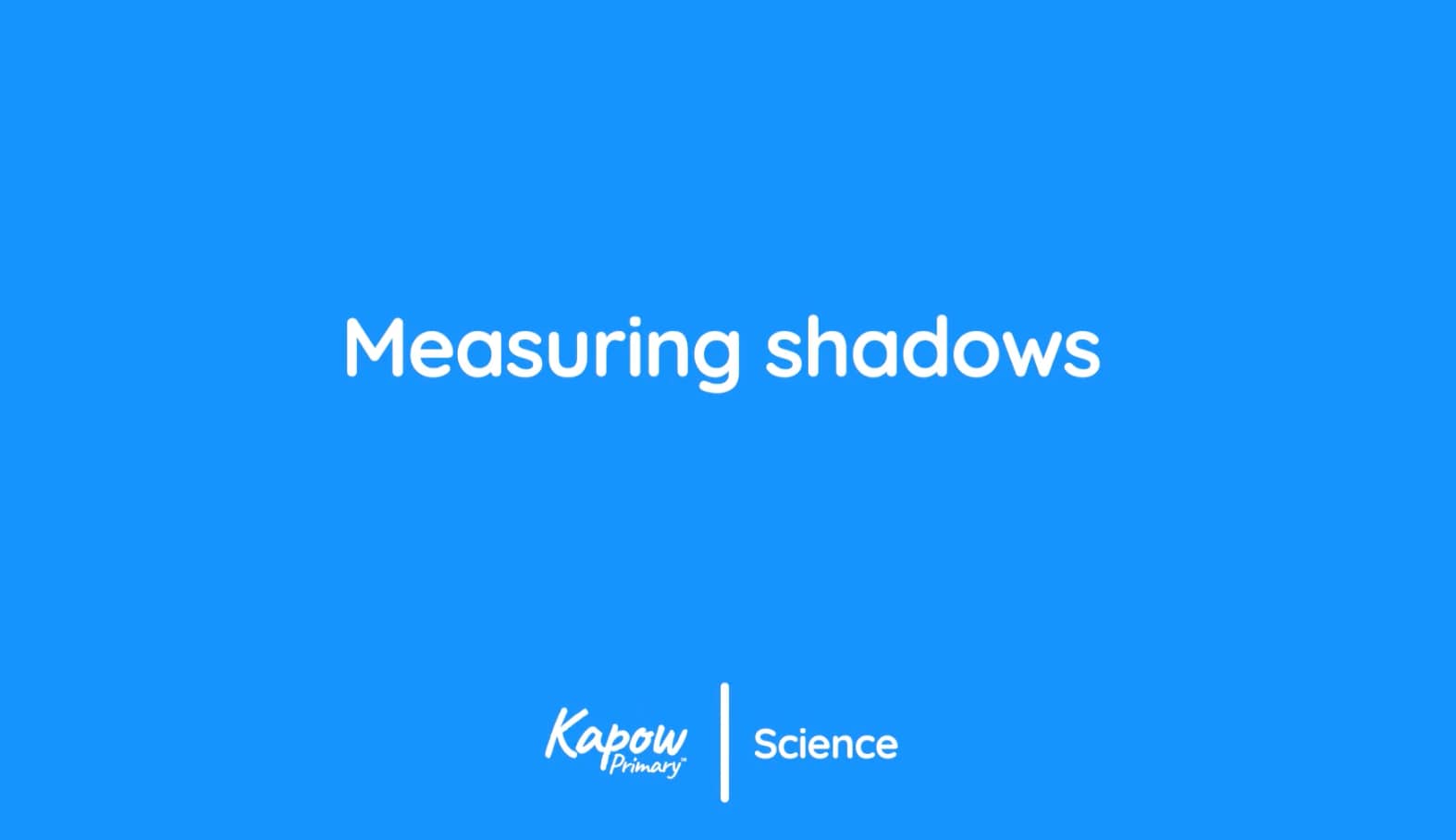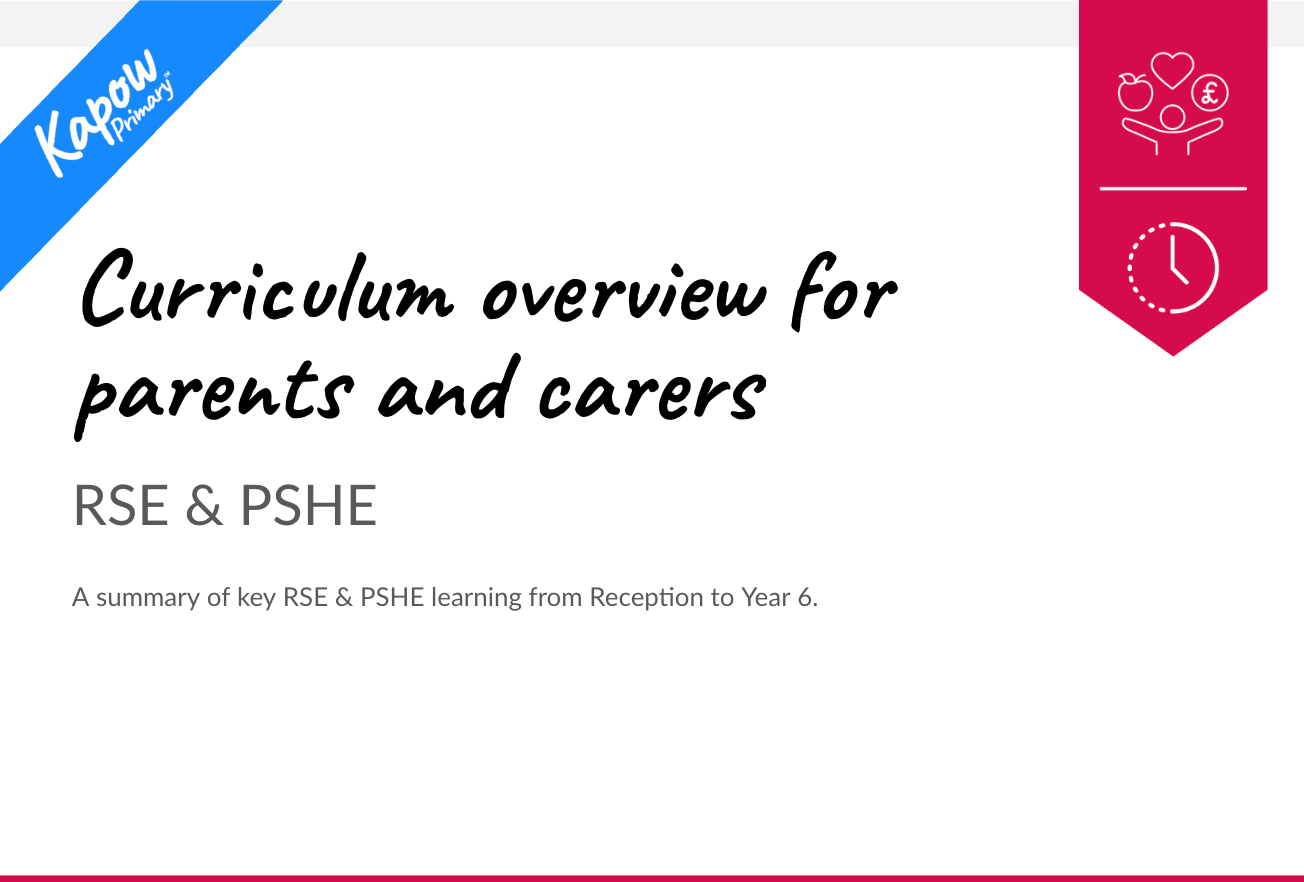This Kapow pupil video is part of the Kapow Science scheme of work. Have you ever hidden an object behind paper and wondered how a mirror still shows it? You can see something like a plant because light reflects off it and into your eyes. But when you’re standing directly in front, the light can’t bounce off the plant, hit the mirror, and reach your eyes all at once.
year: Year 6
Teacher video: Light and reflection
This Science video introduces teachers to the key learning in this unit, where pupils explore how light behaves and how shadows form. Light is a store of energy that travels in waves and does not need particles to move, which is why it can travel through space.
Pupil video: Investigating reflected light
To spot patterns in reflection, it helps to use a narrow beam, like a laser. Never shine it into someone’s eyes
Pupil video: How does the mirror know?
If you hide an object behind paper, how does the mirror still show it? You can see the plant in front of the paper because light reflects off it and into your eyes
Pupil video: Measuring shadows
Pupil video: Results – investigating reflected light
Pupil video: Internal reflection of light
Pupil video: Comparing light sources
RSE and PSHE Curriculum guide for parents and carers — condensed
Introducing the RSE and PSHE scheme of work
This downloadable guide is intended for parents and carers to understand what their children will learn each term by following the Kapow Primary condensed RSE and PSHE scheme of work.
The guide provides a summary of each unit within the RSE & PSHE scheme, outlining what children will learn in their lesson plans each term from EYFS (Reception) to Year 6.
Subscribing schools may share this guide on their websites or through other communication channels, ensuring parents and carers are well-informed about the R&W skills and knowledge their children will acquire throughout the school year.









